Nowadays, practically every one of us has an e-mail account - whether it is an individual from the younger generation or from the older one. In addition to communication, e-mail must be used when creating accounts or, for example, when creating orders. But you have to be careful with the use of the e-mail box, just like with anything else on the Internet. Often, a single fraudulent email is enough and you can suddenly become a victim of phishing, with which a possible attacker can gain access to your accounts or, for example, to online banking. However, fraudulent emails are often easy to spot - below are 7 tips that can help you.
It could be interest you

Special name or address
Creating an email address has never been easier. All you have to do is go to a portal that offers e-mail creation, or you just need your own domain and you can start using your new e-mail almost immediately - and fraudsters also use this exact procedure. In addition, they can come up with a fake name when creating an e-mail, so some forgery of the e-mail address can still occur. Therefore, check the incoming e-mail to see if the name matches the e-mail address, or if the address is suspicious. Also, keep in mind that if you have a bank in the Czech Republic, no one will ever write to you in English.

Use of public domain
I mentioned above that you can also use your own domain, which for example runs your website, to create an email address. Practically all larger institutions have their own website and at the same time have all their e-mail boxes arranged on it. Therefore, if you receive an e-mail from, for example, a bank that has the domain google.com, seznam.cz, centrum.cz, etc., believe that it is a fraud. Therefore, always check the address to see if the domain corresponds to the official website of the institution or company.
You can download the Gmail app here
Intentional domain errors
Fraudsters are often not afraid to take advantage of people's inattention, which is increasing due to the current busy time. If a particular fraudster is clever and wants to disguise his nefarious activity as much as possible, then instead of using a public portal to create an e-mail account, he pays for his own domain, on which he then registers e-mails. However, this domain never has any random name. It's almost always some sort of "spoof" of the official domain, where the scammer hopes you won't notice the bad name. So, for example, if you receive an e-mail from @micrsoft.com instead of @microsoft.com, believe that this is also a scam.
It could be interest you

More recipients
If a bank or other institution communicates with you, of course it always communicates only with you and does not add anyone else to the e-mail. If a "confidential" email lands in your inbox and you find at the top of it that it's meant for several other people, it's a scam email. However, this phenomenon does not occur often, as attackers will use a hidden copy that you cannot see. However, if the attacker is inconsistent, he can "click".
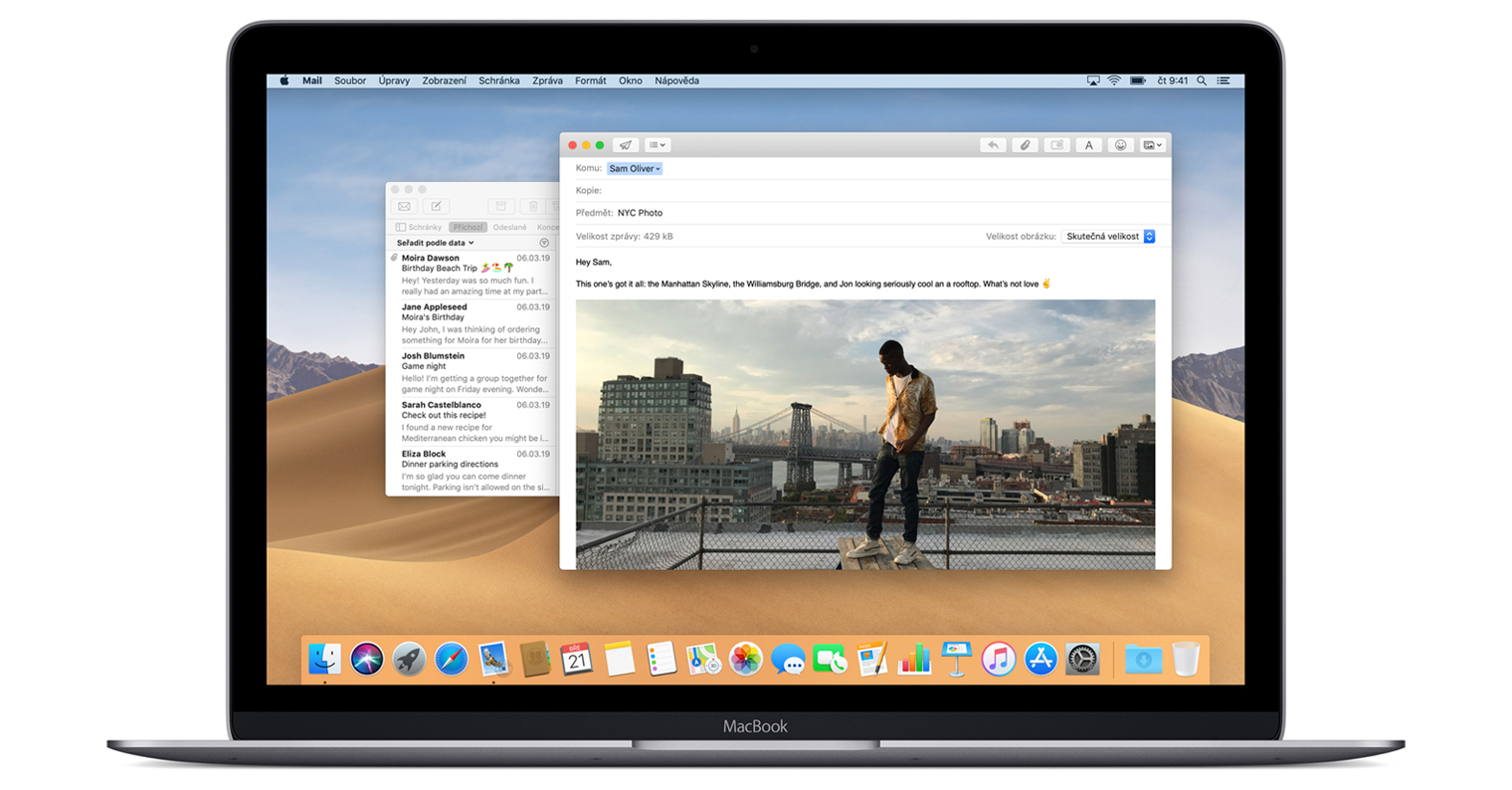
Insistence on some action
If you have found yourself in a problem, most institutions and companies will deal with it calmly - of course, if it is not a fifth emergency. However, if a message appeared in your e-mail box stating that a problem has occurred and that you must respond to it immediately - for example by logging into your user account via the attached link - then stay alert - there is a high probability that even in this in this case, it is a fraud that aims to obtain your data for some account. These e-mails often appear in connection with Apple ID or Internet banking.
You can install Microsoft Outlook here
Grammar mistakes
At first glance, you can recognize a fraudulent e-mail by grammatical and spelling errors. Believe me, the biggest institutions really care that all texts are 100% correct and error-free. Of course, one character can sometimes be signed, but sentences always make sense. If you have just opened an e-mail in which there are a lot of errors, the sentences do not make sense and it seems as if the text has been run through a translator, then delete it immediately and do not interact in any way. E-mails that promise you millions of dollars from various sheikhs and refugees, or a huge inheritance, are often accompanied by grammatical errors. No one will give you anything for free, and you will definitely not become a millionaire.
It could be interest you

Weird looking website
If an e-mail appeared in your inbox and you carelessly clicked on a prepared link, then in most cases there is no need to hang your head yet. The websites themselves that you find yourself on after clicking on the link often do not cause any problems or data leakage. The problems come only after you enter your information, including your password, into the text field on such a site. This will definitely not log into your account, but only send data to attackers. If it seems to you that the website you are on looks strange, or if it differs from the official one, then it is a scam.


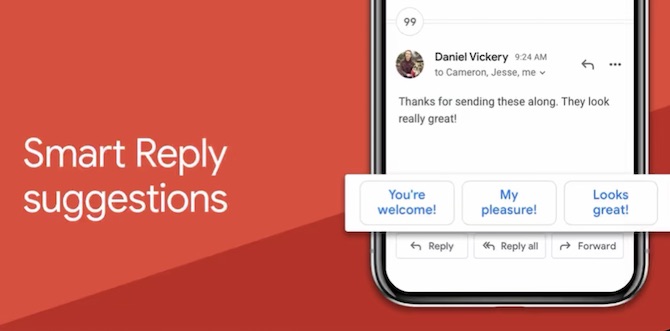


 Flying around the world with Apple
Flying around the world with Apple 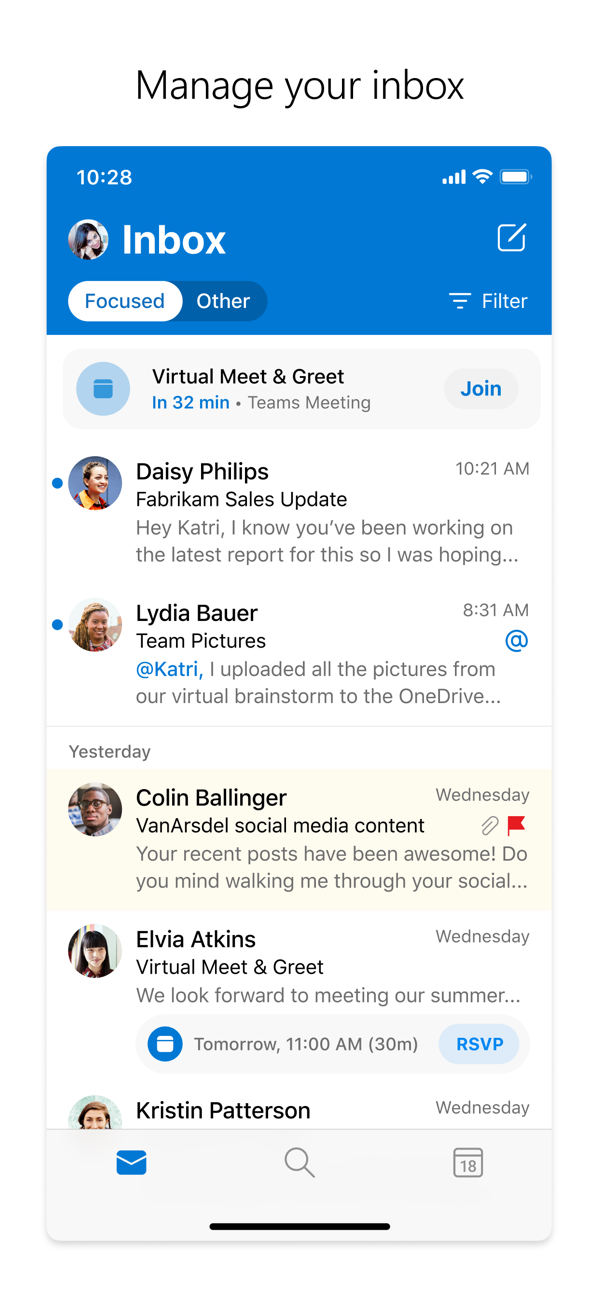
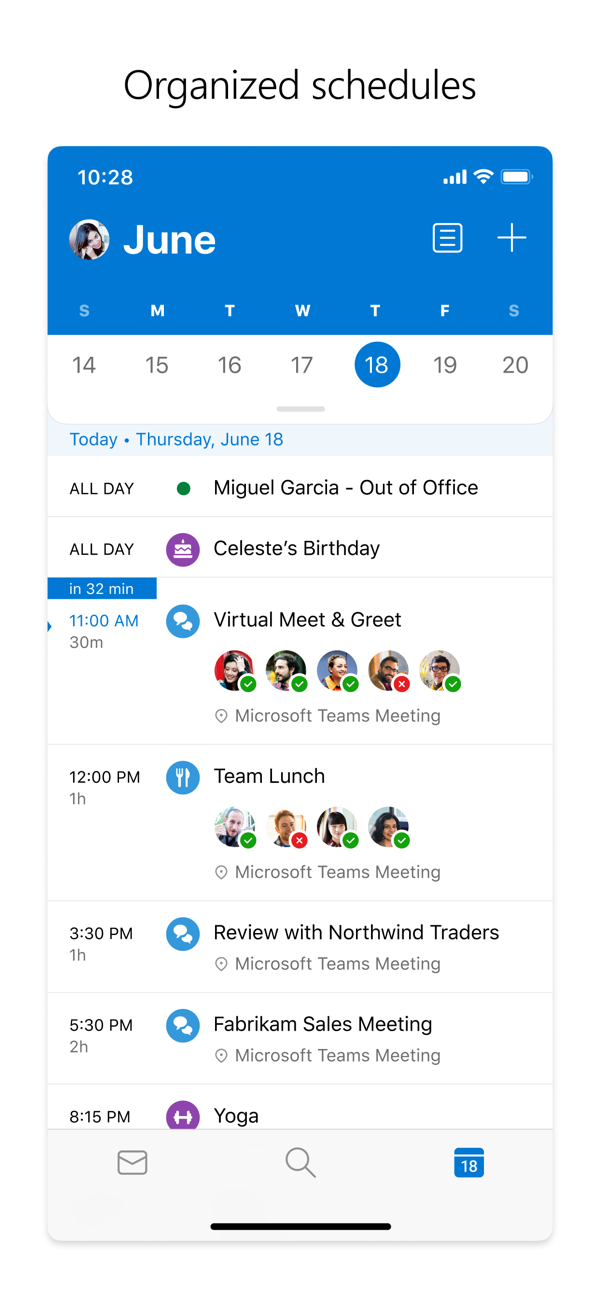

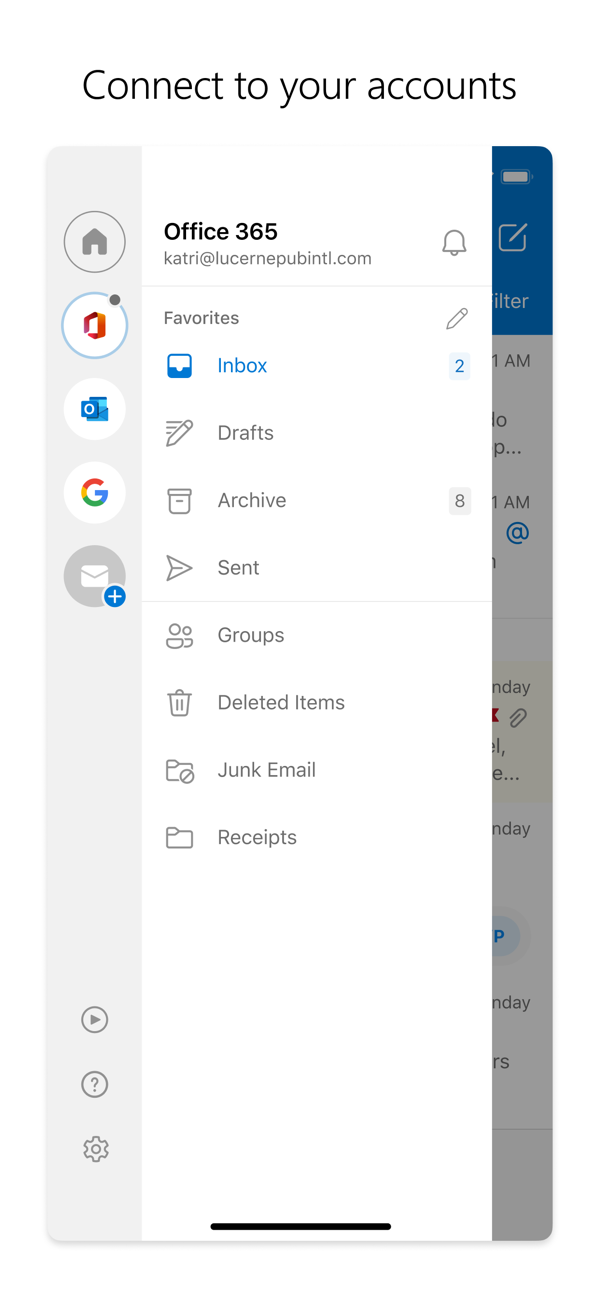

I recently came across a similar email sent on behalf of a domain registrar. Mail exhibited just about all of the above attributes. There was also an insistence on the next step, which was payment. An example of a fraudulent email and the differences from the real one are described on the blog https://blog.forpsi.com/rybarska-sezona-vrcholi-aneb-phishing-je-stale-s-nami/